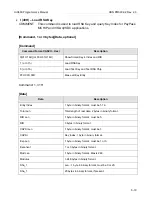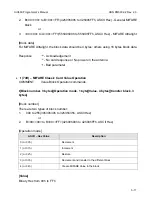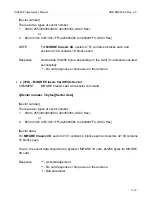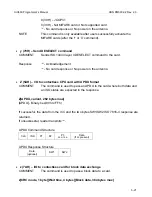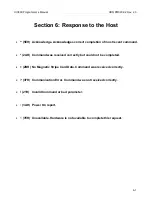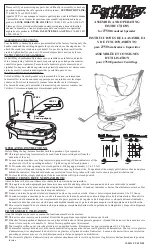
UIC680 Programmer’s Manual
UDN PM090-C2 Rev. 2.3
Section 7: General Application Example
The default setting of the UIC680 reader, Self-Arm mode, is mainly used to simplify the
process so that the host does not need to communicate back and forth with the reader. In this
situation, the UIC680 acts like a general magnetic stripe card reader. Whenever it senses the
card it will try to decode the card data automatically and send out the decoded data to the host
if the process is successful. Otherwise, no information is sent out.
If the application would like to take the whole control on the reader, we recommend the
user to use the “Host-Polled” mode instead of the “Self-Arm” mode. It can be done by either
sending “Self-Arm” disable command or changing default setting in the reader configuration.
Once the UIC680 receives the Self-Arm disable command, ‘H0’ (see the command
description section), it will turn off the auto-read function and then wait for the “Arm-to-Read”
command, ‘P’ (50h) prepared for the next transaction. Since the Self-Arm disable command
won’t change the EEPROM setting, the UIC680 will turn back to the Self-Arm mode in the next
power cycling. Besides, the Self-Arm enable command, ‘H1’, can also bring the UIC680 back
to the Self-Arm mode.
To disable the Self-Arm mode permanently, the host needs to set the EEPROM value of
the UIC680. The configuration command ‘SA' (see the Configuration Guide) saves the setting
into the EEPROM of the UIC680 and keeps the value until the next change.
We recommend users to use Protocol 2 (USI2) in their “host-polled” applications. This
protocol contains the header, message counter and block check character. This is better than
using Protocol 0(USI0) or Protocol 1(USI1) at it can prevent the data to be misinterpreted but
requires more redundant bytes.
7-1

